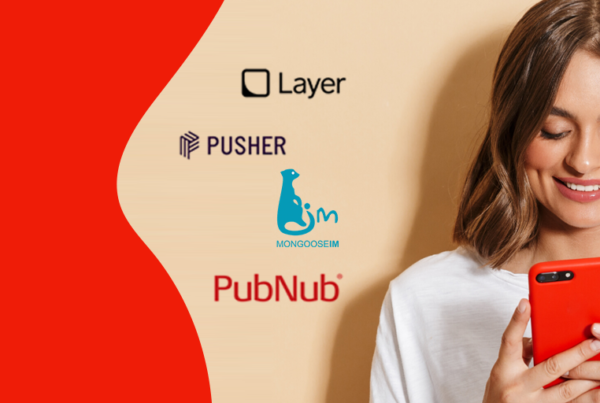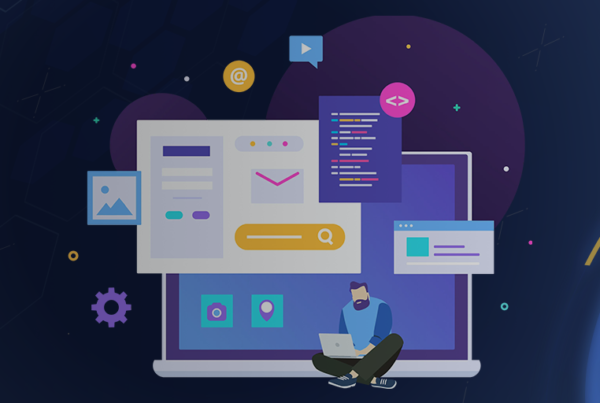October 7th, 2014
The Internet of Things (IoT) has been talked about in the media for a few years now. But in recent years, with the convergence of cloud, mobile and analytics technologies, IoT has evolved. The trend is gaining ground as supporting technologies and some degree of user acceptance (at least in certain industries) emerge. McKinsey Global Institute, in their report “Disruptive technologies: Advances that will transform life, business, and the global economy” (May 2013), discussed the many possibilities that IoT has to offer. It estimates the potential economic impact to be approximately $2.7 trillion to $6.2 trillion annually by 2025.
The internet of things—broadly defined as a network of physical objects embedded with computing-compatible devices that allow them to interact with one another via the internet—promises to offer advanced connectivity beyond traditional computing devices that would cover a variety of protocols, domains and applications. However, IoT is not a revolutionary concept. Connected devices and systems powered by cloud infrastructure, analytics and intelligence capabilities have been widely used across a range of industrial and consumer-centric scenarios. What is new is the broad range of increasingly apparent opportunities brought on by improved technology and wider user acceptance.
Technology giants such as SAP, Cisco, IBM and Microsoft have been working on innovative, cutting-edge software to power the IoT and bring it to consumers’ every-day lives. Internet services and product giant Google marked its move into ubiquitous computing with its driverless car and Google Glass. Samsung has already introduced its early line of smart home appliances as well as gadgets that interconnect computing devices with those smart appliances, which include TVs, microwave ovens and refrigerators. Recently, Apple created great media hype as it forayed into wearables with its smartwatch.
But the IoT ecosystem goes beyond smart watches and refrigerators. It promises to create an interconnected world of billions of devices. According to research by Gartner, nearly 26 billion devices will be on the IoT by 2020. Similarly, ABI Research estimates that more than 30 billion devices will be wirelessly connected to the IoT by year 2020. The expansive IoT ecosystem will encompass just about everything—things most people probably never imagined to be computing devices, such as a toothbrush that can intelligently determine when its user next needs to see the dentist and then book an appointment, a fridge that will order milk and eggs just before they run out, shoes that say when they need replacing, and much more.
IoT offers immense opportunities to transform everyday lives and industrial capabilities. But like any other sophisticated technology, it comes with its own associated risks—hacking, cyberattacks, information security threats and advertisement abuse being some of the major ones. But, historically, innovation has overcome barriers and improved lives. The potential is tremendous.
So get excited and make things!
Tags: internet of things, wearable tech, wearables, smart homes, smart devices



























